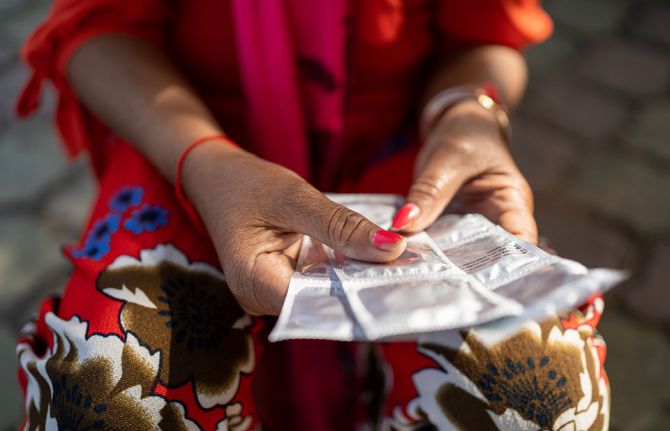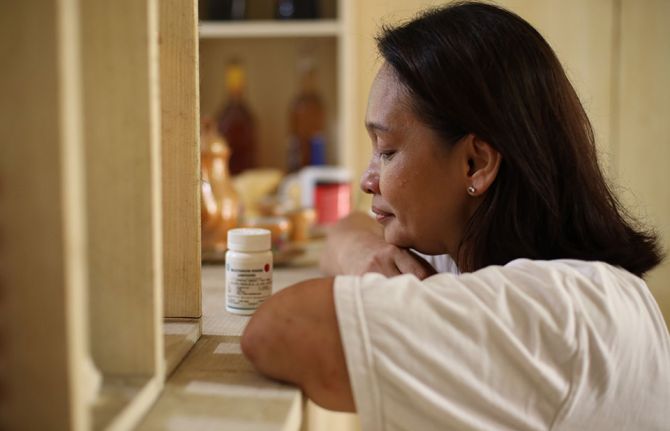

Feature Story
Global HIV Prevention Coalition reinforces the need for leadership and decisive action
14 June 2021
14 June 2021 14 June 2021Forty years into the HIV epidemic, despite there being a range of HIV prevention interventions, none of the recommended HIV prevention packages have come close to being delivered to half of the people who need them.
But there have been successes in reducing new HIV infections among the most vulnerable populations where rights-based multisectoral action has been taken, where data-driven solutions have been promoted and resourced and where the voices and contributions of the most affected communities have been leveraged.
On the sidelines of the United Nations High-Level Meeting on AIDS, a side event, No Prevention, No End: The Importance of Leadership for HIV Prevention, saw the participants—political, technical and community leaders and donors—address the gaps in HIV prevention, discuss the most effective ways to invest in and develop HIV prevention programmes and share experiences of successful country-level action.
Nguyễn Thanh Long, the Minister of Health of Viet Nam, shared an example. A threefold decrease in HIV prevalence among people who inject drugs in Viet Nam was principally a result, he said, of considering drug addiction as a medical condition requiring treatment and not as a crime. Introducing this perception into legal policy documents, including the Government Decree and the Law on HIV/AIDS Control, enabled the initiation and scale-up of comprehensive harm reduction programmes for people who inject drugs.
Adolescent girls and young women account for one in four new HIV infections in sub-Saharan Africa, yet dedicated HIV prevention programmes are present in only a third of high HIV burden districts. According to Pascalle Grotenhuis, the Dutch Ambassador for Women’s Rights and Gender Equality, who also drew on her experience as the Ambassador of the Netherlands to Mozambique, the time is ripe for pragmatism and common sense in strengthening sexual and reproductive health services for young people, with sexual health at the core, offering dual protection against sexually transmitted infections, including HIV, and unwanted pregnancy. Above all, sexuality education for young people must be recognized as a life-saving intervention, she said.
Quotes
“Forty years into the epidemic, we can’t lean on the excuse that prevention is complicated, it is not. We all have to raise our voices and speak truth.”
“The most remarkable options developed by science will not end the epidemic. Our leadership, our policies and programmes that are grounded in the communities we seek to serve provide choices to people.”
“The law shows the standard which the public are expected to observe. Above all, the law says that discrimination against LGBTQ communities is wrong. It recognizes that prejudice kills whereas equality saves lives and makes everyone safer. That is the case for decriminalization.”
“HIV prevention and sexual and reproductive health services are critical to the lives of every young woman and girl. These services should be free, they should be fully integrated, should be delivered at scale and tailored to meet the holistic needs of young women. New commodities and prevention technologies should be rolled out and made available to every young woman. Having these tools will mean nothing if they don’t get into the hands of young women.”
“We are together in this quest for zero new HIV infections and our leadership that can turn this epidemic. Our commitment for HIV prevention must be translated into funding at an adequate scale for impact, and we must invest in national stewardship and coordination support so that HIV prevention programmes do not fragment into the piecemeal projects that we sometimes see in countries.”



